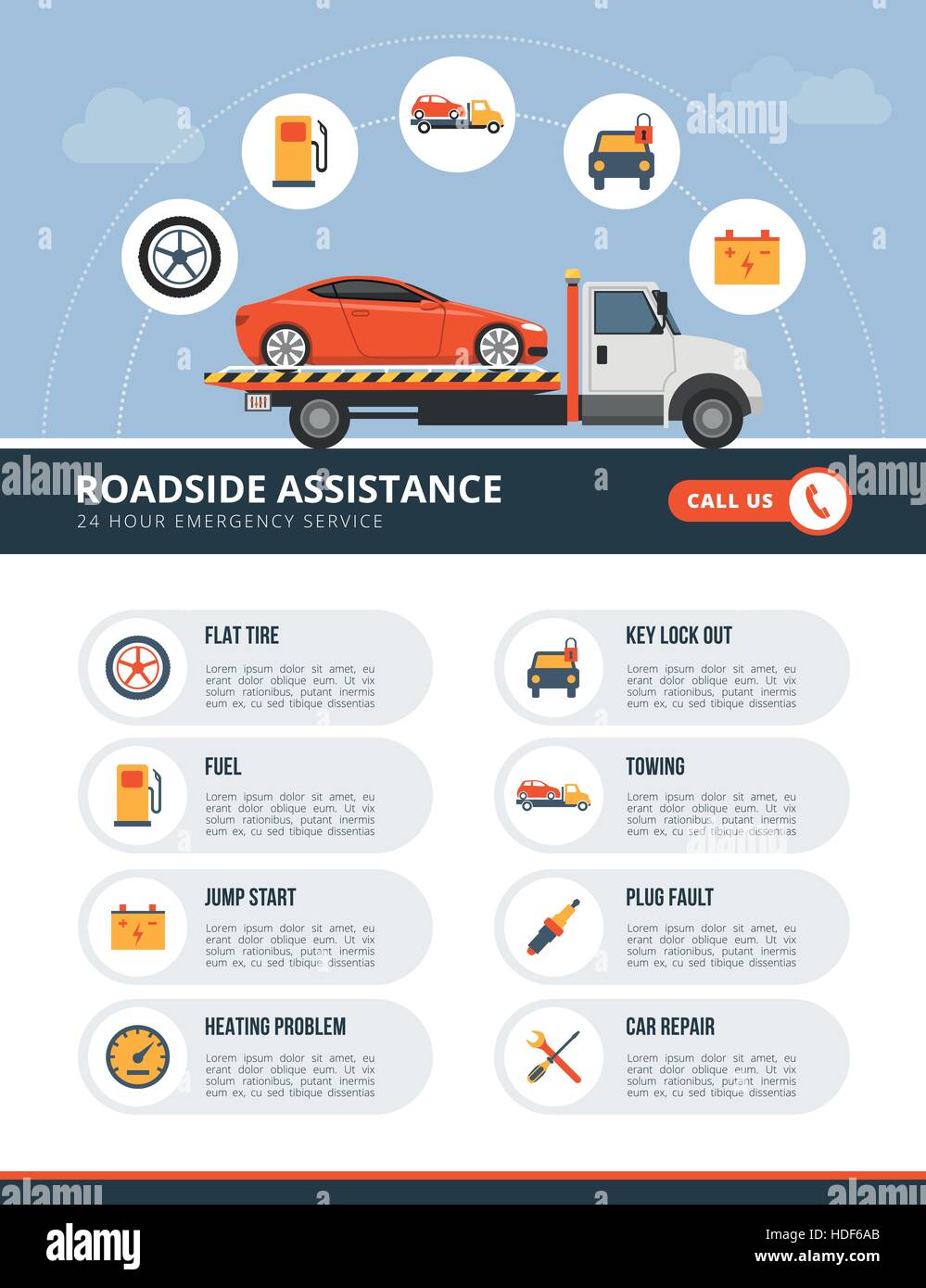Looking For Clearness On The Caution Lights Showed On Your Cars And Truck'S Control Panel? Figure Out Exactly How They Connect To Your Vehicle'S Health And Wellness
Looking For Clearness On The Caution Lights Showed On Your Cars And Truck'S Control Panel? Figure Out Exactly How They Connect To Your Vehicle'S Health And Wellness
Blog Article
Post By-Higgins Dalgaard
When you lag the wheel, those radiant warning lights on your control panel can be a bit difficult. Do you recognize what they're trying to tell you regarding your cars and truck's health and wellness? Recognizing car cleaning and detailing near me of these lights is essential for your safety and the durability of your automobile. So, the following time one of those lights turns up, would not you wish to decode its message accurately and take the required actions to resolve it?
Common Warning Lights and Interpretations
Recognize typical caution lights in your automobile and recognize their definitions to guarantee safe driving.
The most regular warning lights consist of the check engine light, which signifies issues with the engine or exhausts system. If clay bar cleaning begins, it's critical to have your vehicle checked immediately.
The oil pressure alerting light indicates low oil stress, requiring instant focus to avoid engine damages.
A flashing battery light could suggest a malfunctioning billing system, potentially leaving you stranded otherwise attended to.
The tire stress tracking system (TPMS) light alerts you to low tire stress, affecting automobile stability and gas performance. Ignoring this might cause risky driving problems.
The ABS light shows a problem with the anti-lock braking system, compromising your capability to quit swiftly in emergencies.
Finally, the coolant temperature warning light warns of engine getting too hot, which can result in serious damage if not settled quickly.
Understanding these common warning lights will assist you deal with issues without delay and keep safe driving conditions.
Significance of Prompt Attention
Comprehending the usual warning lights in your car is just the initial step; the relevance of promptly dealing with these warnings can't be highlighted sufficient to ensure your safety and security when driving.
When a caution light illuminates on your dashboard, it's your auto's means of interacting a possible problem that requires focus. Neglecting these warnings can bring about extra severe troubles later on, compromising your safety and possibly costing you much more out of commission.
Prompt interest to alerting lights can protect against breakdowns and crashes. As related internet page , a blinking check engine light can indicate a misfire that, if left ignored, could cause damages to the catalytic converter. Addressing this immediately can conserve you from an expensive fixing.
Likewise, a brake system warning light may signify reduced brake fluid or worn brake pads, crucial components for your safety and security when driving.
Do It Yourself Troubleshooting Tips
If you notice a caution light on your control panel, there are a few do it yourself troubleshooting tips you can try before looking for specialist assistance.
The very first step is to consult your cars and truck's guidebook to comprehend what the particular caution light shows. In some cases the issue can be as straightforward as a loose gas cap setting off the check engine light. Tightening up the gas cap may deal with the trouble.
An additional usual problem is a low battery, which can set off numerous advising lights. Inspecting the battery links for corrosion and guaranteeing they're safe may fix the problem.
If a warning light continues, you can attempt resetting it by separating the auto's battery for a couple of mins and then reconnecting it. Additionally, checking your car's liquid degrees, such as oil, coolant, and brake fluid, can help troubleshoot alerting lights associated with these systems.
Final thought
In conclusion, recognizing your automobile's warning lights is essential for maintaining your automobile running smoothly and safely. By without delay attending to these alerts and recognizing what they imply, you can prevent expensive repair services and prospective breakdowns.
Keep in mind to consult your vehicle's handbook for specific details on each warning light and act as necessary to guarantee a hassle-free driving experience.
Remain notified, remain risk-free when driving!
